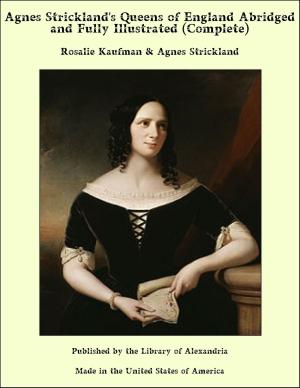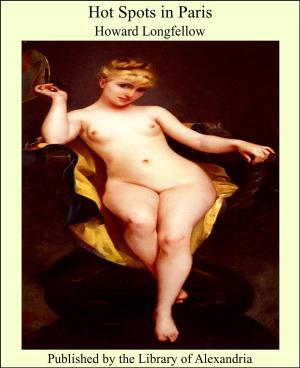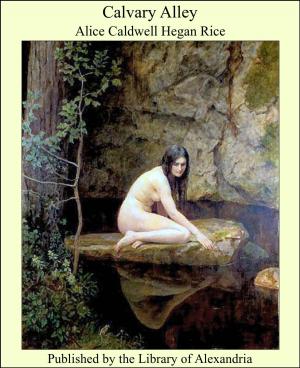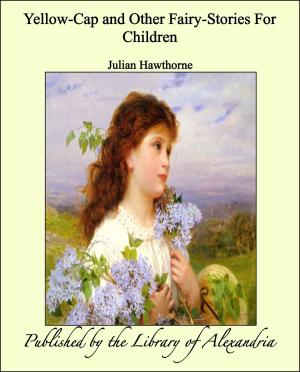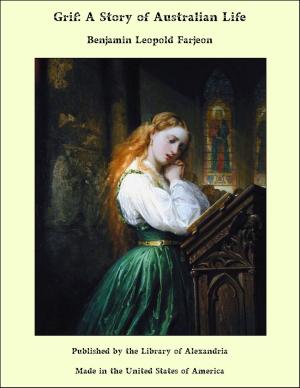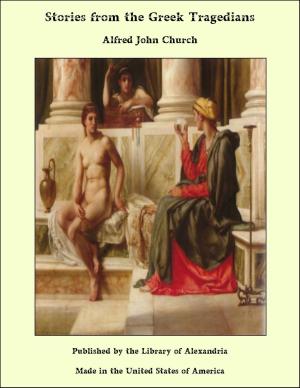| Author: | Leonardo da Vinci | ISBN: | 9781465617606 |
| Publisher: | Library of Alexandria | Publication: | March 8, 2015 |
| Imprint: | Language: | English |
| Author: | Leonardo da Vinci |
| ISBN: | 9781465617606 |
| Publisher: | Library of Alexandria |
| Publication: | March 8, 2015 |
| Imprint: | |
| Language: | English |
Leonardo da Vinci, the Author of the following Treatise, was the natural son of Pietro da Vinci, a notary of Vinci, in Tuscany, a village situated in the valley of Arno, a little below Florence, and was born in the year 1452. Having discovered, when a child, a strong inclination and talent for painting, of which he had given proofs by several little drawings and sketches; his father one day accidentally took up some of them, and was induced to shew them to his friend Andrea Verocchio, a painter of some reputation in Florence, who was also a chaser, an architect, a sculptor, and goldsmith, for his advice, as to the propriety of bringing up his son to the profession of painting, and the probability of his becoming eminent in the art. The answer of Verocchio was such as to confirm him in that resolution; and Leonardo, to fit him for that purpose, was accordingly placed under the tuition of Verocchio. As Verocchio combined in himself a perfect knowledge of the arts of chasing and sculpture, and was a deep proficient in architecture, Leonardo had in this situation the means and opportunity of acquiring a variety of information, which though perhaps not immediately connected with the art to which his principal attention was to be directed, might, with the assistance of such a mind as Leonardo’s, be rendered subsidiary to his grand object, tend to promote his knowledge of the theory, and facilitate his practice of the profession for which he was intended. Accordingly we find that he had the good sense to avail himself of these advantages, and that under Verocchio he made great progress, and attracted his master’s friendship and confidence, by the talents he discovered, the sweetness of his manners, and the vivacity of his disposition. Of his proficiency in painting, the following instance is recorded; and the skill he afterwards manifested in other branches of science, on various occasions, evidently demonstrated how solicitous he had been for knowledge of all kinds, and how careful in his youth to lay a good foundation. Verocchio had undertaken for the religious of Vallombrosa, without Florence, a picture of our Saviour’s Baptism by St. John, and consigned to Leonardo the office of putting in from the original drawing, the figure of an angel holding up the drapery; but, unfortunately for Verocchio, Leonardo succeeded so well, that, despairing of ever equalling the work of his scholar, Verocchio in disgust abandoned his pencil for ever, confining himself in future solely to the practice of sculpture. On this success Leonardo became sensible that he no longer stood in need of an instructor; and therefore quitting Verocchio, he now began to work and study for himself. Many of his performances of this period are still, or were lately to be seen at Florence; and besides these, the following have been also mentioned: A cartoon of Adam and Eve in the Garden, which he did for the King of Portugal. This is highly commended for the exquisite gracefulness of the two principal figures, the beauty of the landscape, and the incredible exactitude of the shrubs and fruit. At the instance of his father, he made a painting for one of his old neighbours at Vinci; it consisted wholly of such animals as have naturally an hatred to each other, joined artfully together in a variety of attitudes. Some authors have said that this painting was a shield, and have related the following particulars respecting it.
Leonardo da Vinci, the Author of the following Treatise, was the natural son of Pietro da Vinci, a notary of Vinci, in Tuscany, a village situated in the valley of Arno, a little below Florence, and was born in the year 1452. Having discovered, when a child, a strong inclination and talent for painting, of which he had given proofs by several little drawings and sketches; his father one day accidentally took up some of them, and was induced to shew them to his friend Andrea Verocchio, a painter of some reputation in Florence, who was also a chaser, an architect, a sculptor, and goldsmith, for his advice, as to the propriety of bringing up his son to the profession of painting, and the probability of his becoming eminent in the art. The answer of Verocchio was such as to confirm him in that resolution; and Leonardo, to fit him for that purpose, was accordingly placed under the tuition of Verocchio. As Verocchio combined in himself a perfect knowledge of the arts of chasing and sculpture, and was a deep proficient in architecture, Leonardo had in this situation the means and opportunity of acquiring a variety of information, which though perhaps not immediately connected with the art to which his principal attention was to be directed, might, with the assistance of such a mind as Leonardo’s, be rendered subsidiary to his grand object, tend to promote his knowledge of the theory, and facilitate his practice of the profession for which he was intended. Accordingly we find that he had the good sense to avail himself of these advantages, and that under Verocchio he made great progress, and attracted his master’s friendship and confidence, by the talents he discovered, the sweetness of his manners, and the vivacity of his disposition. Of his proficiency in painting, the following instance is recorded; and the skill he afterwards manifested in other branches of science, on various occasions, evidently demonstrated how solicitous he had been for knowledge of all kinds, and how careful in his youth to lay a good foundation. Verocchio had undertaken for the religious of Vallombrosa, without Florence, a picture of our Saviour’s Baptism by St. John, and consigned to Leonardo the office of putting in from the original drawing, the figure of an angel holding up the drapery; but, unfortunately for Verocchio, Leonardo succeeded so well, that, despairing of ever equalling the work of his scholar, Verocchio in disgust abandoned his pencil for ever, confining himself in future solely to the practice of sculpture. On this success Leonardo became sensible that he no longer stood in need of an instructor; and therefore quitting Verocchio, he now began to work and study for himself. Many of his performances of this period are still, or were lately to be seen at Florence; and besides these, the following have been also mentioned: A cartoon of Adam and Eve in the Garden, which he did for the King of Portugal. This is highly commended for the exquisite gracefulness of the two principal figures, the beauty of the landscape, and the incredible exactitude of the shrubs and fruit. At the instance of his father, he made a painting for one of his old neighbours at Vinci; it consisted wholly of such animals as have naturally an hatred to each other, joined artfully together in a variety of attitudes. Some authors have said that this painting was a shield, and have related the following particulars respecting it.

